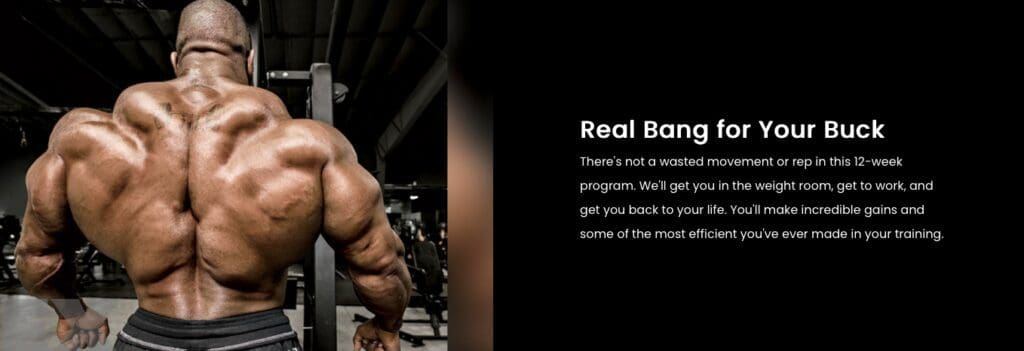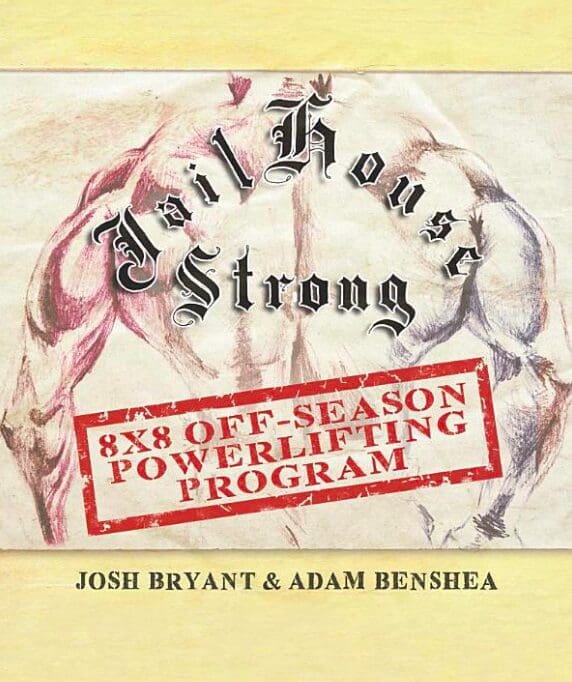Progressive Overload—
There is No Other Way
By: Josh Bryant

When I was 14 years old in 1995, my first powerlifting mentor, Steve Holl (RIP), took a cursory glance around Santa Barbara Gym and Fitness Center. In disgust, Steve squinted his eyes and said, “Look around this gym. The same people lifting the same weights, doing the same exercises, and looking the same for the past 15 years.”
As I stood there in what seemed like an eternity, Steve metaphorically inscribed the most powerful training commandment as he spiritedly said, “If you take one thing away from today, remember, you gotta put more weight on the bar. No matter what you do, you have to put more weight on the bar!”
Tactical Powerlifting is Intelligent Progressive Overload

Years later, another one of my mentors, the late Dr. Fred Hatfield (RIP) and I were enjoying some choice Sake as we eagerly awaited our chicken on a stick at Irori Sanzoku Kuga outside of Iwakuni, Japan. The weather was perfect, a cover band was playing some beautiful hōgaku (traditional Japanese music), the weather was perfect, and the atmosphere was very pleasant.
Things changed as the name of a mutual acquaintance in the strength industry came up. While we both agreed this person was a nice guy, Fred had issue with this man as he hostilely said this guy “had never fought tooth and nail to somehow get five more pounds on the bar.”
A former college professor, the greatest sports scientist of all-time, saw this as the biggest issue with this quasi-expert!
Progressive Overload
This principle of progressive overload is nothing new and means a muscle must experience increased overload to adapt and become stronger.
Progressive overload was offhandedly championed by Milo of Croton, a 6th century BC champion wrestler whose reign lasted over a quarter century. Milo was an all-around bad ass and to scare opponents Milo would eat raw bull’s meat in front of them and wash it down with the original “red bull”, i.e. bull’s blood which he claimed gave him energy and vitality.
Additionally, Milo was a military hero and leader and was the strongest man in the world. This strength was built with progressive overload. Milo carried a baby calf on his shoulders every day for years until the calf grew into a mighty bull.
Most Hypertrophy Programs Miss the Mark with Progressive Overload
Adaptation Threshold
The goal of any successful strength program is to consistently meet your adaption threshold or provide the right amount of training stimulus to catalyze strength gains.
The adaptation threshold adheres to the principal of individual differences and is different for everyone and includes but is not limited to the followed:
- Age
- Training Status
- Recovery
- Nutrition
- Pharmaceuticals
- Sex
- Muscle Fiber Make Up
- Psychology
This is the tip of the iceberg and as you evolve as an athlete and human being, so will your adaptation threshold.
50 Cubed Tactical Hypertrophy is next level overload

Application
The simplest way to overload your training is pile more pig iron on the bar.
Often, self-proclaimed, “physical preparation specialists” i.e. experts on paper with advanced degrees, certifications, and all the bells and whistles, design a theoretically-advanced Soviet Periodization Plan for themselves and go backwards in strength!
Ironically, these same armchair messiahs that would be laughed out of any Russian Vodka Hall, eventually stop their plan, switch to something basic like starting strength or 5/3/1 and make gains.
WHY?
These poodle dicks finally get it and pile weight on the bar, and thrive on a basic program built on progressive overload!
Sounds simple but eventually the buck stops.
Let me explain; right now, if you bench press the bar and you add five pounds a week for the next three years, you will be out bench pressing World-Record Holder, Julius Maddox.
We have to look beyond just added weight on the bar, so now we will explore different ways to progressively overload your training.
Increase Weight—“Friends may come and go, but 200 pounds is always 200 pounds,” says Henry Rollins; this is purest way to overload training, pile pig iron on the bar!
Increase Volume—Volume is sets x reps x weight you are lifting. More volume, within reason, will catalyze gains in strength and size, regardless of what the Arthur Jones, high intensity training dogmatist at the gym says. More quality volume increases demand on your muscle tissue and neurologically.

Increase Training Frequency—training a lift or muscle group more often is overload. Increased frequency works extremely well with lagging/weak body parts and with “slow gainers”, lifters with predominantly slow-twitch muscle fibers! Increasing frequency can work as both a short-term solution and sometimes even a long-term strategy.
Increase Density
“Bust out the stopwatch!” Bill Kazmaier yelled at a seminar we did together. By tracking rest intervals, and ultimately decreasing rest intervals between sets, you get the same amount of work done in less time, this increases “density.” You can keep total time the same and increase volume in that block as another density increasing strategy! Besides size and strength gains, this will increase your work capacity and make you more metabolically efficient.

Increase reps
As you get stronger, instead of always piling weight on the bar, do more repetitions with the same weight. If you were previously bench pressing 315 for five reps, now you are doing it for six reps, you have accomplished the purpose of overload.
Increase Range of motion
A deficit snatch grip deadlift is a hell of a lot harder than a regular deadlift off the floor, this increased range of motion means you must lift the weight further and be under maximum tension for longer. There are countless examples, parallel squats become ass to grass squats, regular bench presses become camber bar, this is the whole idea behind progressive distance training. The further you lift a weight, the more overload is induced.
Final Thoughts
Overload is everything!
If you avoid overload in your training, you will perpetually spin your wills to a lifetime of physical flaccidity; yes, it’s hard but you must force adaptation—there is no other way.
